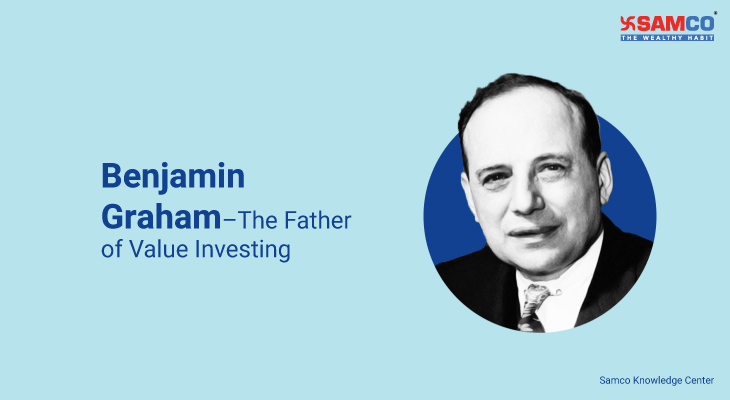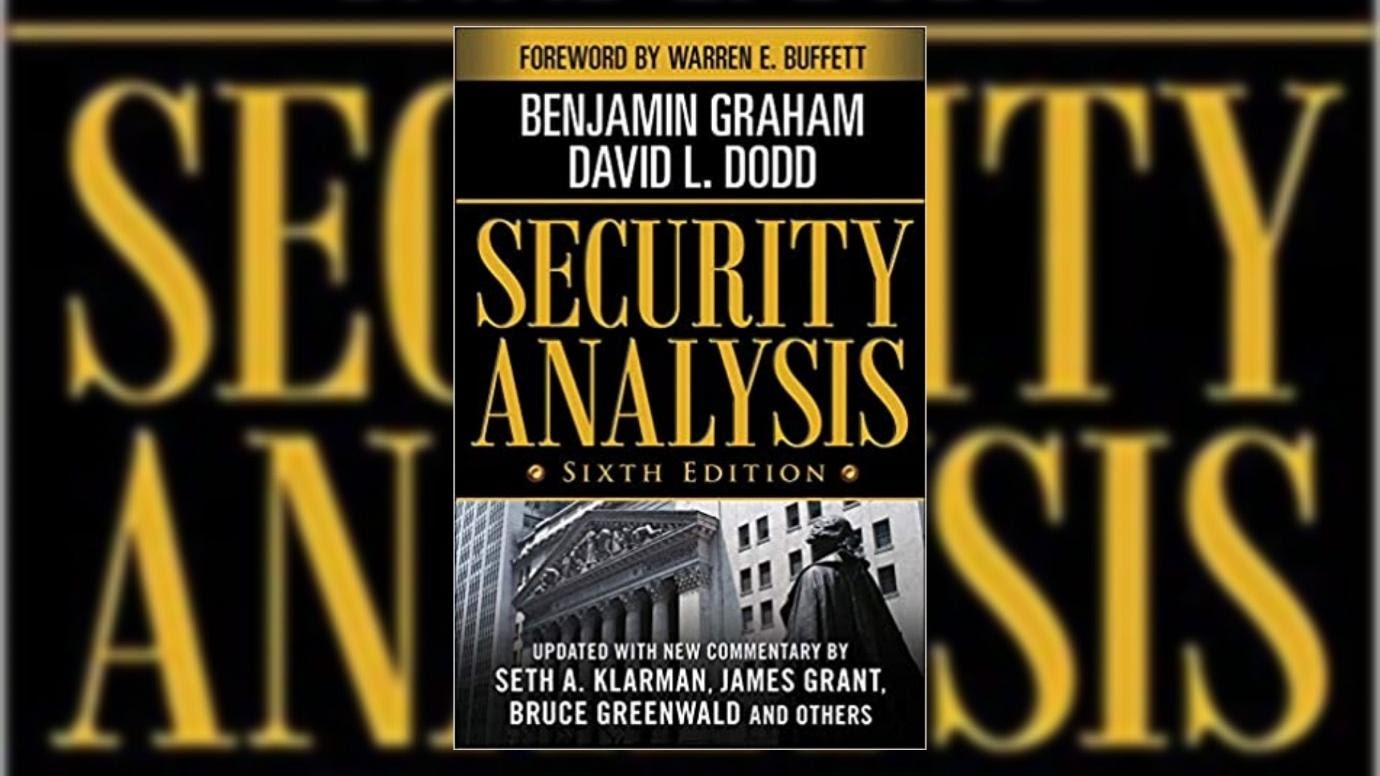Who is Benjamin Graham?
Benjamin Graham is famously known as the Father of Value Investing. He was born in 1894 in London, United Kingdom. He was an economist, professor, and investor. Graham was fluent in at least seven languages, including ancient Greek and Latin. He attended Columbia University on a scholarship. He later received a job offer on Wall Street with Newburger, Henderson, and Loeb. Graham was earning US $ 5,00,000 annually by the age of 25. Warren Buffett considers Benjamin Graham as his guru. Benjamin Graham learned investing the hard way. During the Bank Panic of 1907, Graham and his family lost their entire savings. The same happened during the stock market crash of 1929. But these events did teach him some valuable investing lessons. His learnings after the crash inspired him to write a research book with David Dodd. It is famously called Security Analysis. We will discuss this book in brief further in this article. Let’s understand his investment strategy in detail first.
Benjamin Graham and Value Investing
Graham built a heap of wealth by picking the best-valued companies. He strictly followed and advocated value investing. He preferred investing in stocks at a temporary low price compared to their intrinsic value. As one can imagine, finding such companies is not a cakewalk. Before we understand the criteria Graham uses to value stocks, let’s briefly understand what is intrinsic value.Benjamin Graham’s Formula to Intrinsic Value
Value Investing is buying stocks below their intrinsic value. Intrinsic value is calculated based on a company’s assets, earnings, etc. Intrinsic value can be calculated using various financial models. But not all retail investors know how to use a financial model. Given its complexity, it is difficult to learn in if you hate maths or complex calculations. So, what to do? How would a retail investor decide if the stock is fairly priced or not? Benjamin Graham’s formula for finding stocks valuations comes to the rescue. The formula is mentioned in his books Security Analysis and The Intelligent Investor. Benjamin Graham’s Intrinsic Value formula says: Intrinsic value = EPS × [(8.5 + 2G)]- 8.5 is the price to earnings (PE) base for a no-growth company.
- ‘G‘ is the expected annual growth rate. It is the estimated growth rate over seven to ten years.
- 4.4 is the 1963’s prevailing rate on New York Stock Exchange’s high-grade corporate bonds.
- Y is the current yield on AAA-rated corporate bonds.
- We replace 4.4 with 6.5.
- Use PE of 7 instead of 8.5
- The multiplier ‘2’ is very aggressive.
- If intrinsic value > current market price = Undervalued Stock
- If intrinsic value < current market price = Overvalued stock
How to analyse a company? – The Graham Way
Graham uses various criteria to value stocks. Here are the important factors Graham evaluates before investing in a company.- Stability, Profitability, and Growth
- Financial position, debt history, and leverage
- Current ratio
- Current Ratio formula = Current Asset / Current Liabilities
- Price to earnings ratio (PE) and Earning Per Share (EPS)
- Price to book value (PB) Ratio
- Preservation of capital
- Margin of safety and diversification
Must Read Books by Benjamin Graham:
Graham’s books deal with both technical as well as emotional aspects of investing. The first book Graham wrote revolutionised investing for everyone. It was Security Analysis. Another book which is often quoted by everyone is considered to be the bible of Investment. It is The Intelligent Investor. Let’s understand in brief why these two books stand out from the rest.- Security Analysis by Benjamin Graham and David Dodd

- Intelligent Investor by Benjamin Graham

- They are disciplined and consistent, refusing to change their approach even when it is unfashionable.
- They think a great deal about what they do and how to do it, but they pay very little attention to what the market is doing.



 Easy & quick
Easy & quick
Leave A Comment?